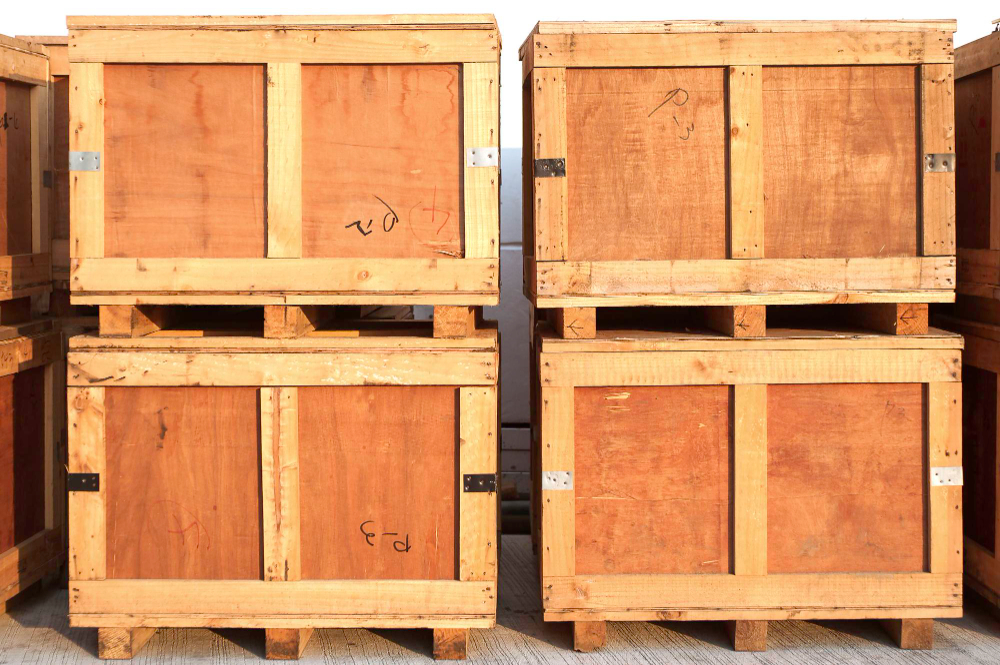Climate-Controlled Crate: Definition

A climate-controlled crate is a specialized container used in the transport and storage of artworks, designed to maintain stable and secure environmental conditions. It represents one of the most advanced solutions in preventive conservation and plays a crucial role in protecting sensitive pieces during transit, particularly for temporary exhibitions, inter-museum loans, or transfers of private collections.
A key role in preventive conservation
Artworks, such as paintings, sculptures, manuscripts, archaeological objects, or textiles, are often fragile and highly vulnerable to climate fluctuations. Variations in temperature and relative humidity can cause:
- cracking in paintings,
- warping of wood,
- corrosion of metals,
- mold on textiles and paper.
The climate-controlled crate acts as a protective barrier, stabilizing the microclimate around the artwork to minimize these risks, regardless of transport duration or distance.
Technical features
A climate-controlled crate typically includes:
- A humidity regulation system (humidity buffers, silica gels, or active technologies) to maintain a constant relative humidity level.
- Reinforced thermal insulation to cushion external temperature changes.
- Neutral and stable materials (treated wood, acid-free foams, barrier films) to prevent chemical contamination.
- Monitoring with sensors (dataloggers, temperature and humidity recorders) allowing continuous control of the artwork’s environment.
Use in artwork transport
Climate-controlled crates are particularly recommended for:
- inter-museum loans, where an artwork travels from one institution to another, sometimes across continents;
- temporary exhibitions, which require the highest standards of security and conservation;
- the transport of highly sensitive pieces, such as ancient manuscripts, religious icons, panel paintings, or delicate textiles.
They are usually accompanied by strict procedures: customized internal packing, security sealing, handling by specialists, and transportation via art logistics experts.
A guarantee of safety and compliance
The use of climate-controlled crates has become a standard in the museum sector and the international art market. They not only ensure the physical and chemical safety of artworks, but also serve as a mark of professionalism for lenders, institutions, and insurers.
